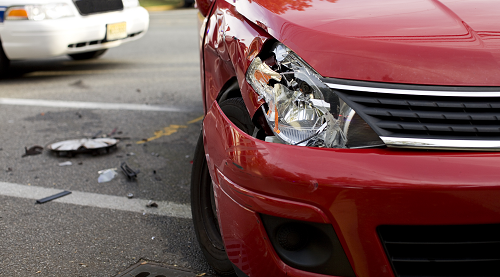
Speeding is a Dangerous and Lethal Choice
Speeding is one of the most common reasons for car accidents. The faster a car is traveling at the moment of impact, the greater the risk of injury, disfigurement or death. When most of us think of dangerous driving, we think of the interstate. While it is true that interstate driving involves high speeds, driving too fast on secondary roads can sometimes be more dangerous even though your speed is slower.
The reason is that interstates are designed for higher speeds. Cars can’t enter into the traffic stream at right angles as they do on secondary roads. There are no pedestrians or bicyclists to contend with. Cars traveling in opposite directions use separate roadways and interstates don’t have telephone poles and trees within a few feet of the road.
Why People Speed
People drive too fast for a variety of reasons. Some drivers speed because everyone else does it. Others speed out of habit. Once they are familiar with a particular roadway, they drive faster because they know where their exits and turn-offs are and know how fast they can take the curves and turns. The more familiar they get with their commute route, the more complacent they become. Other drivers speed because they’re in a hurry to reach their destinations. When driving in this hurried state, they often take more risks. 
Why Speeding is Dangerous
Higher speeds require a longer stopping distance and a longer turning radius. This gives you less time to react to a sudden emergency. Technically speaking, it isn’t speed that kills, it’s your energy of motion. This energy is called kinetic energy and increases with the square of the speed. This means that doubling your speed will quadruple your kinetic energy. When a car collides into a tree, it is this energy that crumples the car and damages the tree. This is why even a small increase in speed dramatically increases the lethality of a crash.
Why Driving Within Speed Limits May Be Considered Speeding
When road conditions are unsafe, it is possible to get a speeding ticket even if you were following the speed limit because you were driving too fast for the current conditions. Speed limits are established for ideal road conditions. When these conditions deteriorate, so does the ability to control your vehicle.
Avoid the need to speed by planning ahead and allowing plenty of time to arrive at your destination. This planning should include checking the weather and traffic conditions. The few minutes saved by driving too fast aren’t worth risking expensive accidents, injury or worse.
